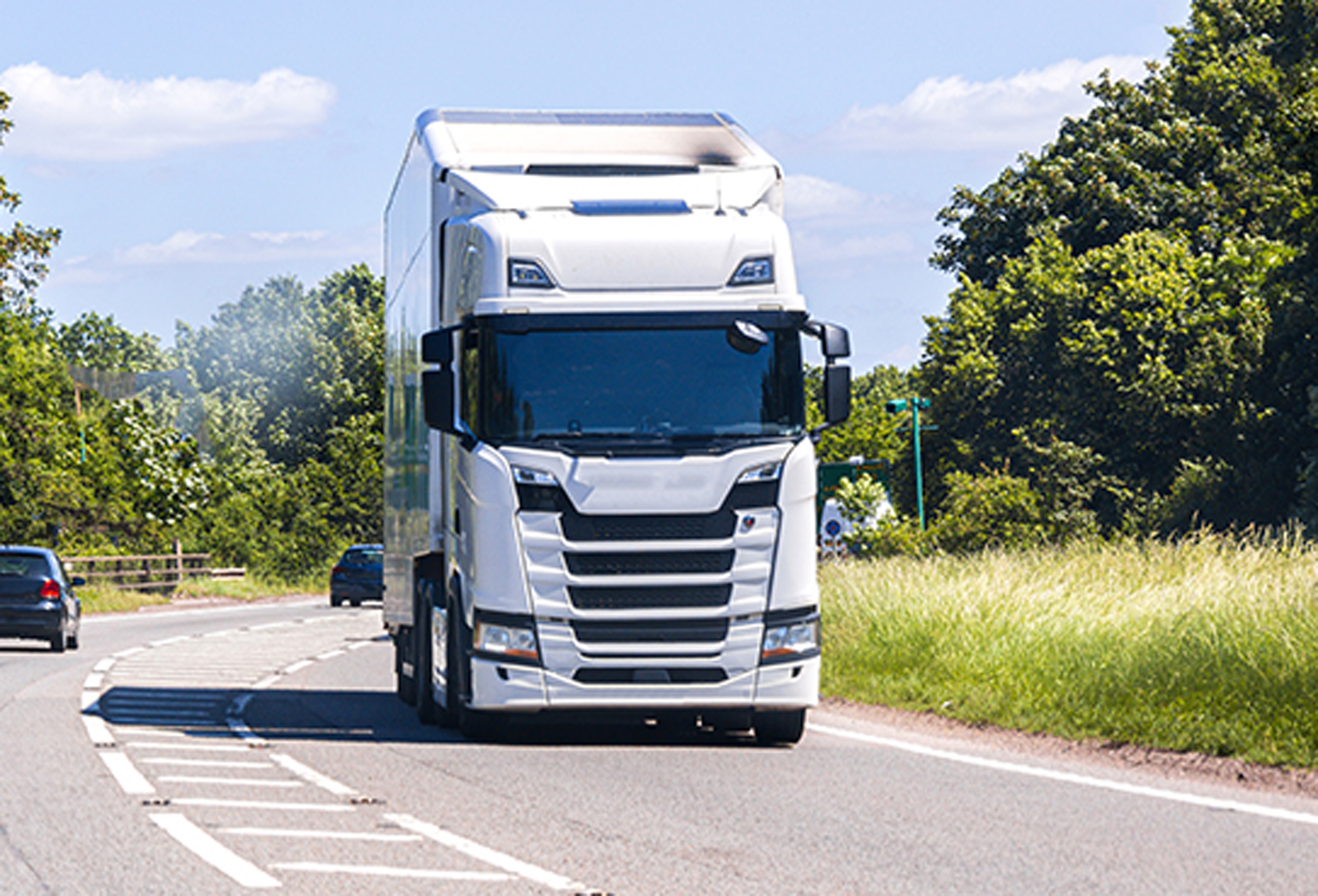As an HGV driver, you spend long hours on the road, facing various challenges and hazards that come with the job. From navigating through heavy traffic to dealing with inclement weather conditions, it’s crucial to be prepared for anything that comes your way. However, there are specific hazards unique to HGV drivers that require special attention. That’s why in this blog post, we will delve deep into these potential hazards and provide some valuable tips on how you can identify and navigate them safely. So sit back, buckle up, and get ready to learn about the common dangers faced by HGV drivers on the road.
Introduction to the dangers of driving a heavy goods vehicle (HGV)
Driving a heavy goods vehicle (HGV) may seem like an easy and mundane job for some, but it is far from that. As with any job that involves driving, there are many hazards and dangers that come with the territory, particularly for HGV drivers. This type of vehicle is large, heavy, and difficult to manoeuvre, making it even more important for drivers to be alert and cautious while on the road. Factors such as poor visibility, high speeds, and greater stopping distances can all make driving an HGV a risky and challenging experience. It is essential that drivers understand the dangers they face, and take the necessary measures to ensure their safety and the safety of others while behind the wheel.
Highlighting the importance of being aware of potential hazards while driving
Driving is a common activity that many of us take part in on a daily basis. However, it’s important to be aware of the potential hazards that can come with it. Hazards on the road can come in many different forms such as reckless drivers, poor road conditions, and even unexpected weather changes. Being aware of these potential hazards is key to ensuring your safety and the safety of those around you. Often, accidents occur because people are not paying close enough attention to the road and their surroundings. Taking the time to properly educate yourself on potential dangers and being mindful while driving can make all the difference. Remember, being aware and cautious while on the road can prevent accidents and ultimately save lives.
Weather-related hazards such as rain, ice, and high winds
Weather-related hazards can pose significant risks to our safety and well-being. Heavy rain can lead to flash floods and mudslides, while icy conditions on roads and sidewalks can increase the likelihood of slips and falls. High winds can also cause damage to property and pose a threat to personal safety. It’s important to stay informed about potential weather hazards in your area and take necessary precautions to protect yourself and your loved ones. This may include staying indoors during severe weather events or preparing an emergency kit with essential supplies. By taking these steps, you can minimise your risk of harm and stay safe during inclement weather.
Road conditions that can be hazardous for HGVs include narrow roads and sharp turns
For drivers of heavy goods vehicles (HGVs), navigating certain road conditions can be especially challenging. Narrow roads, sharp turns, and steep inclines can all pose hazards that require cautious driving and careful planning. In many cases, these conditions may require HGV drivers to slow down considerably, take wide turns, or even consider alternative routes. Driving an HGV can be a demanding job in the best of conditions, but when the roads themselves present additional dangers, the job can become even more stressful. By remaining alert, following all traffic laws, and being prepared for unexpected hazards, drivers of HGVs can help ensure that they and their cargo reach their destination safely.
Tips for dealing with traffic and road work while driving an HGV
Driving an HGV can be overwhelming, especially when you’re faced with traffic and road work. But don’t fret, here are some tips to help you navigate these situations with ease. Firstly, plan your route and take note of any potential obstructions. This reduces the likelihood of unexpected delays and helps you prepare for diversions or alternative routes. Secondly, always be aware of your surroundings. This means staying alert for hazards, keeping a safe following distance and maintaining a steady speed. And lastly, stay up-to-date with traffic reports, especially during rush hour, to avoid any potential delays. With these tips, you can stay calm and in control on the road, even in the most challenging situations. If you want to embark on a career as a professional HGV driver, then the first thing you need to do is obtain your HGV Category C licence. Many HGV training centres in the UK are helping you get your category C licence.
Safety precautions when loading and unloading cargo
Loading and unloading cargo is an essential activity in the shipping and logistics industry that requires utmost attention to safety. The process can be dangerous if proper measures are not taken. For this reason, safety precautions must be followed to prevent accidents, damage to property and even loss of life. The necessary precautions to observe include ensuring the loading and unloading area is well-lit, using appropriate lifting equipment, avoiding overloading, coordinating with other workers to avoid accidents, and providing protective equipment like helmets, gloves, and safety boots. It’s vital to train workers on the importance of safety measures and ensure that they understand and implement them every time they load or unload cargo. By following these precautions, we can create a safer workplace that is conducive to efficient operations.
The importance of checking blind spots and using mirrors effectively
As drivers, we have a responsibility to ensure our safety and the safety of those around us. One crucial aspect of safe driving is checking our blind spots and using our mirrors effectively. Blind spots are areas around our vehicles that we cannot see through our mirrors. Failure to check our blind spots could result in collisions or accidents. Using our mirrors effectively also plays a vital role in safe driving. Mirrors allow us to see the road behind us and provide critical information about the position and speed of other vehicles. By incorporating these practices into our driving habits, we can greatly reduce the risk of accidents and make our roads safer for everyone. Remember, safety always comes first!
Potential risks of distracted driving for HGV drivers
Distracted driving has always been a concern, but with the rise of mobile devices, it has become more prevalent than ever before. While all drivers are urged to avoid distractions, it becomes even more critical for HGV drivers. These drivers operate massive vehicles on the road, and even the slightest distraction can result in serious consequences. The risks associated with distracted driving include not only accidents but also potential violations of traffic laws. Moreover, even if the driver does not cause an accident, they may still experience fatigue and mental exhaustion, leading to reduced performance on the job. As an HGV driver, it is essential to remain focused on driving and mindful of potential distractions such as mobile phones, navigational systems, and eating. Taking a cautious approach can go a long way towards ensuring everyone’s safety on the road.
Emphasizing the need for regular vehicle maintenance to prevent accidents
Regular vehicle maintenance is not something to be taken lightly. It can literally save your life! A well-maintained vehicle reduces the risk of accidents, breakdowns, and costly repairs. Something as simple as a regular oil change or tire rotation can help ensure that your vehicle runs smoothly and efficiently, and having your brakes, fluids, and battery checked regularly can alert you to potential problems before they become big issues. Don’t wait until it’s too late! Take the necessary steps to keep your vehicle in good working condition and stay safe on the road.
Conclusion
In conclusion, being an HGV driver comes with a great deal of responsibility. By being aware of potential hazards and taking necessary precautions, you are not only ensuring your own safety but also that of others on the road. Remember to always check blind spots and use mirrors effectively, follow traffic rules, maintain your vehicle regularly, and remain focused while behind the wheel. Together, we can make our roads safer for everyone.

